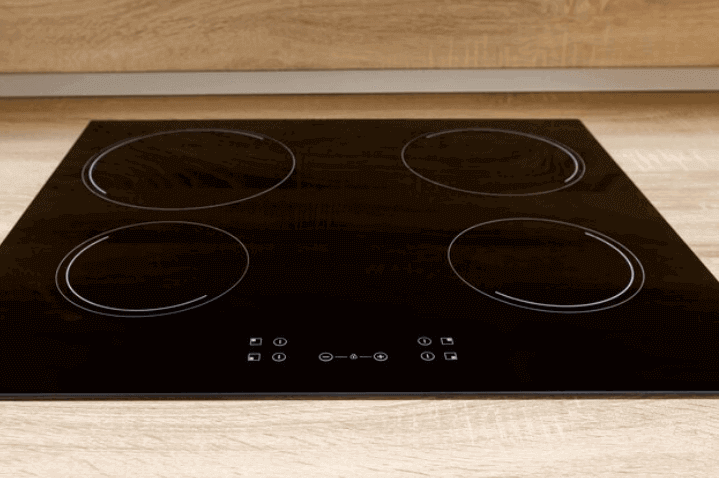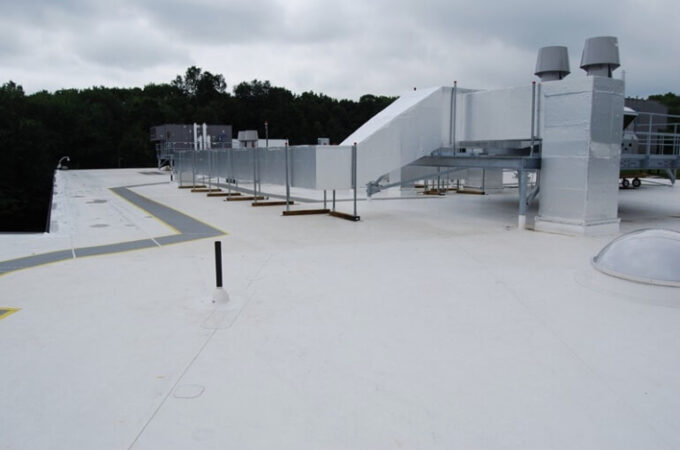
What Is An Induction Hob: What’s Its Purpose?
Introduction
Induction hobs have revolutionized the way we cook, offering a modern and efficient alternative to traditional stovetops. In this article, we’ll explore the what is an induction hob, the purpose of induction hob, how it works, its advantages, and much more.
What Is an Induction Hob?
An induction hob is a cutting-edge kitchen appliance designed for efficient and precise cooking. Unlike traditional stovetops, it operates through magnetic field induction, generating heat directly in the cookware. This technology offers unparalleled speed, energy efficiency, and safety. The induction hob’s primary purpose is to provide users with instant control over cooking temperatures, ensuring a faster and more responsive culinary experience. It relies on the principle of electromagnetic induction, making it a modern and eco-friendly choice for those seeking advanced cooking solutions in their kitchens.
How Induction Hobs Work
Induction hobs operate on the principle of magnetic field induction. When a compatible cookware is placed on the hob’s surface, an electric current is induced in the cookware through a magnetic field. This process generates heat directly in the cookware, allowing for precise temperature control.
Advantages of Induction Hobs
Energy Efficiency
One of the significant advantages of induction hobs is their energy efficiency. Unlike traditional stoves that heat the entire cooking surface, induction hobs only heat the cookware, minimizing energy wastage.
Speed and Precision
Induction hobs offer rapid heating and precise temperature control. With instant response to adjustments, cooking becomes faster and more controlled, making them a favorite among professional chefs.
Safety Features
Induction hobs come equipped with safety features such as auto shut-off and cool-touch surfaces, making them a safer choice, especially for households with children.
Choosing the Right Induction Hob
To make the most of induction cooking, it’s crucial to choose the right hob for your needs. Consider factors like size, number of burners, power levels, and safety features when making a selection.
Installation and Maintenance Tips
Proper installation is key to the performance of an induction hob. Follow manufacturer guidelines, and for maintenance, ensure regular cleaning using non-abrasive materials to preserve the glass surface.
Conclusion
Induction hobs offer a myriad of benefits, from energy efficiency to precise temperature control and many more. As kitchen technology evolves, these hobs are becoming a staple in modern homes, combining functionality with style.
Frequently Asked Questions (FAQs)
- Are induction hobs more expensive than traditional stoves?
- Induction hobs may have a higher initial cost, but their energy efficiency often leads to long-term savings.
- Can I use any cookware on an induction hob?
- Only cookware with a magnetic base, such as cast iron or stainless steel, is compatible with induction hobs.
- Do induction hobs require special installation?
- While they may require a specific electrical setup, induction hobs are generally easy to install.
- Are induction hobs safe for households with children?
- Yes, induction hobs come with safety features like auto shut-off and cool-touch surfaces, making them a safe choice.
- Can induction hobs be used in off-grid locations?
- Induction hobs typically require a power source, so off-grid use may not be practical.
Visit our website for more. Click here: “Quick Trend Insights“.





